
Dear readers,
Finally, after more than eight months, the speculation about the causes of the dramatic sinking of the "Bayesian" has come to an end! The recently published the first investigation report into the tragic sinking of the of the 56 metre long and 560 tonne displacing giant sloop takes the wind out of the sails of all conspiracy theorists and silences even those opinion makers who, from the outset and without any concrete evidence, sought to place the blame solely on the crew - above all the captain. The theories ranged from: "the bridge was not manned", to "the bathing platform was open", to "the crew was asleep".
We received letters from readers asking us to finally report more about the "Bayesian" sinking. Readers wanted to know what had caused the superyacht to sink. An understandable wish, but one that could not be reconciled with proper journalistic work at the early stage of the accident investigation. Hubert Burda already said: "The task of journalism is to inform, not to indoctrinate." Facts are the only way to tell a reliable story.
The report now published by the Marine Accident Investigation Branch, MAIB for short, describes the last hours on board the superyacht built by Perini Navi in astonishing detail. Anyone reading the report will realise that the crew can hardly be held responsible for the accident. The headline for this accident report could rather read: In the wrong place at the wrong time. A violent thunderstorm and storm front that hit "Bayesian" at 70 knots caused the giant sloop to heel 90 degrees in just 15 seconds, causing the generators to fail, with only the battery-powered emergency lighting remaining operational. Within a very short time, the water entered via the starboard side and flooded the interior via the companionways. In the chaotic minutes that followed, the crew and guests tried to save themselves from the sinking ship.
A detailed stability analysis of the 56-metre yacht was carried out as part of the accident investigation. The Wolfson Unit at the University of Southampton created a model based on the ship's stability information booklet (SIB). The results are alarming.
The "Bayesian" heeled 90 degrees and was therefore already beyond the possibility of righting itself again. The wind that hit the mast was probably sufficient for this: the investigation report concludes that a gusting wind speed of more than 63.4 knots would probably lead to the ship capsizing in a direct crosswind. This critical wind speed is well below the wind speeds that actually occurred during the storm off Porticello.
Now the question must be allowed as to why a yacht designed for twelve guests and the same number of crew and certified in accordance with the classification requirements of ABS, LY2 and MCA regulations does not have sufficient stability? In other words, why does a vessel designed for commercial charter operations have a capsize point of between 80 and 90 degrees?
For comparison: today's racing yachts have a capsize point of 120 or 130 degrees, which means that these yachts will right themselves even if the mast is already far under water. Even series-produced yachts from well-known European shipyards have a capsize point of between 110 and 120 degrees. This value means that even in the event of a knockdown, crews can be sure that their ship will right itself again. A reassuring feeling.
The events described and the intensity of the unexpected weather scenario off Sicily are strongly reminiscent of the storm that struck on 14 August - just a few days before the sinking of the "Bayesian". on the west coast of Formentera was responsible for the stranding of nine yachts. After inspecting the yachts and talking to the owners, the Pantaenius salvage experts were certain that it was the DANA weather phenomenon (Depresión Aislada en Niveles Altos), also known in Spain as Gota Fría, the cold drop. Typical of a "cold drop" are heavy rainfall, thunderstorms and very strong gusts of wind, which can occur within a very short time and in very localised areas. The intensity of the phenomenon can vary greatly, which makes it particularly unpredictable for sailors. Especially in late summer and autumn, when the water temperatures in the Mediterranean are still high, there is an increased risk of DANA.
The often very short warning times are particularly critical. Within minutes, weather conditions can change from calm to life-threatening - just as happened with "Bayesian". High waves, poor visibility due to heavy rain and the risk of lightning strikes make navigation difficult and increase the risk of collisions or groundings.
So what can we normal sailors learn from these scenarios?
Skippers should obtain up-to-date weather reports and severe weather warnings before every trip. Particular attention should be paid to the forecasts for the upper air layers, as these can indicate the formation of DANA. It is advisable to head for a safe harbour quickly if there are signs of an approaching "cold drop". All loose items should be secured on board and the crew should be prepared for possible emergency situations. Legerwall situations should be avoided at all costs; if in doubt, it is better to head far out to sea to weather the storm. The good thing about violent weather systems such as the "cold drop" or other localised storms is that they come quickly and are usually over quickly.
The publication of the interim report does not mean that the investigation into the sinking of the "Bayesian" is complete. The authorities involved are hoping that the investigation of the wreck after the first recently started salvage further clues as to the exact circumstances of the accident.
What is astonishing about this dramatic story is that the Italian shipyard Perini Navi, the world market leader in the construction of sailing superyachts, built eleven "Bayesian" sister ships between 2000 and 2011, all of which have sailed around the world ketch-rigged - to date without any significant accidents and for the most part in continuous use. The ketch rig consists of a 58 metre main mast and a ten metre lower mizzen mast. Only the yacht owned by the British billionaire Lynch was launched as a sloop with a 72-metre mast. Despite its obviously too low capsize point, the voluminous Ron Holland design has sailed across all oceans since 2008 and never got into weather-related difficulties until last August. Were the owner and his crew just lucky that they hadn't sunk before?
Martin Hager
YACHT Editor-in-Chief
Recommended reading from the editorial team

New podcast episode
Behind the scenes at boot Düsseldorf - with Petros Michelidakis

In the 55th episode of the YACHT podcast, Petros Michelidakis, Director of boot Düsseldorf, is our guest. He talks about his work and the upcoming trade fair.
Fee club on Lake Constance
Bregenz collects 45,000 euros for berth waiting list
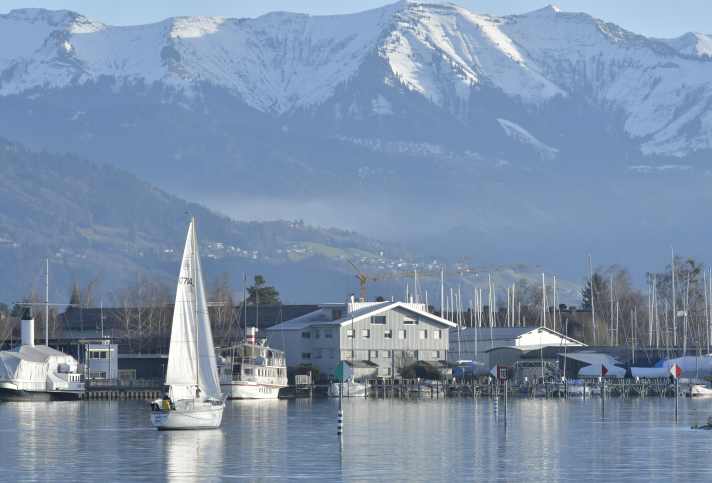
In future, anyone waiting for a mooring in Bregenz will have to pay an annual "record-keeping fee" of 30 euros. The city justifies the new regulation with the administrative burden. Those who do not pay will be removed from the waiting list.
DS27
Argentinian mix - daysailer and pocket racer
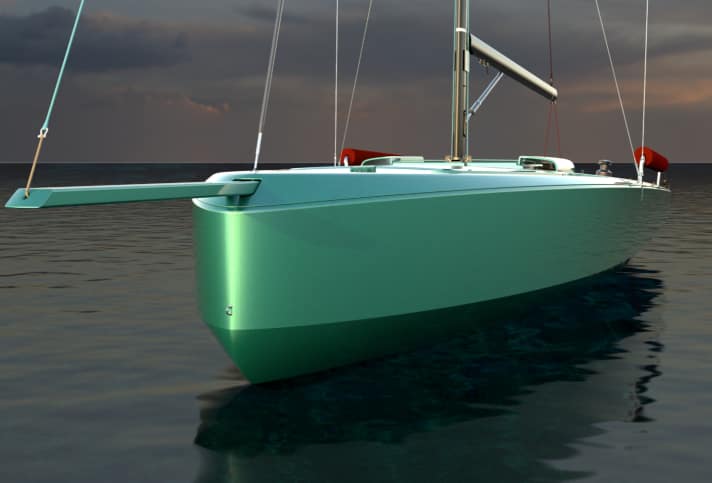
A new daysailer project from Argentina is targeting the European market with a canting keel and fast lines from Soto Acebal. If everything goes according to plan, the 8.30 metre long DS27 will be on display at boot Düsseldorf 2027.
Rolex Sydney Hobart Race
Christmas classic ahead, premiere for "Alithia"
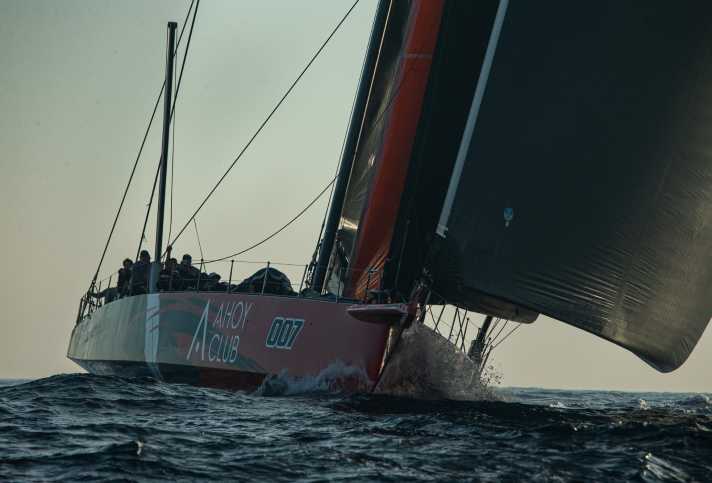
The Rolex Sydney Hobart Race starts on Boxing Day. The favourite is "Master Lock Comanche". Jost Stollmann's "Alithia" is a blue-water beauty.
"Maltese Falcon"
New charter concept for DynaRig pioneer
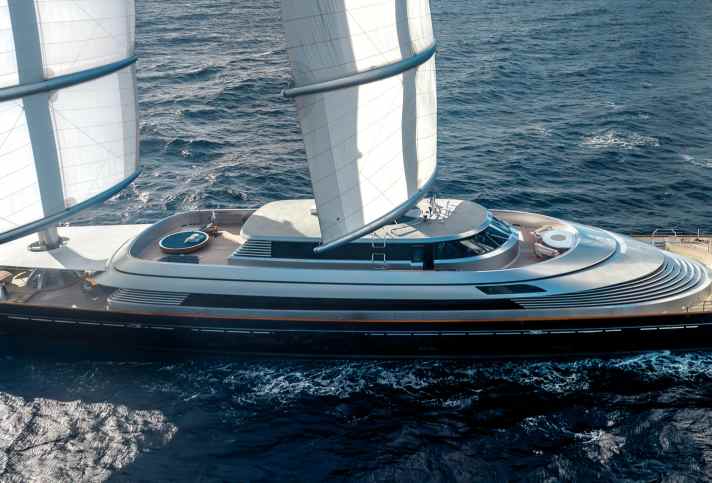
The 88 metre long DynaRig schooner "Maltese Falcon" sails under the flag of Jumeirah Privé. The new charter centre provides insights below deck and into the modern square sail system.
Esse 890
The Swiss answer to the crossover trend
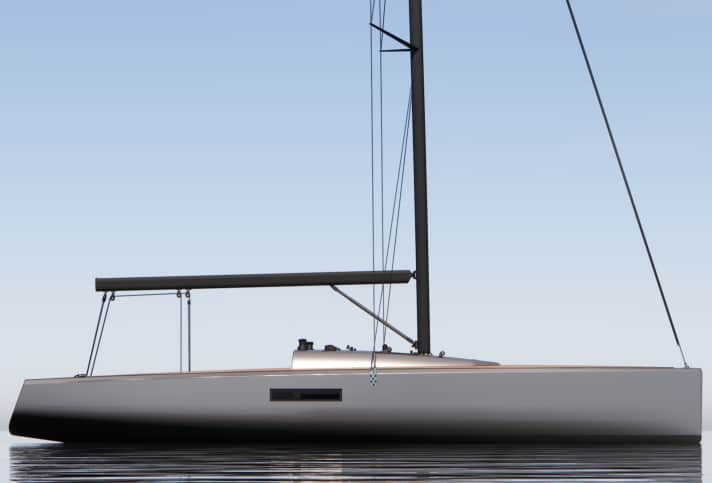
Esseboats in Switzerland is building a new model. The Esse 890 takes on the sporty brand genes, but is very versatile for multiple uses.
Jules Verne Trophy
"Sodebo" launched - "The almost perfect plan"
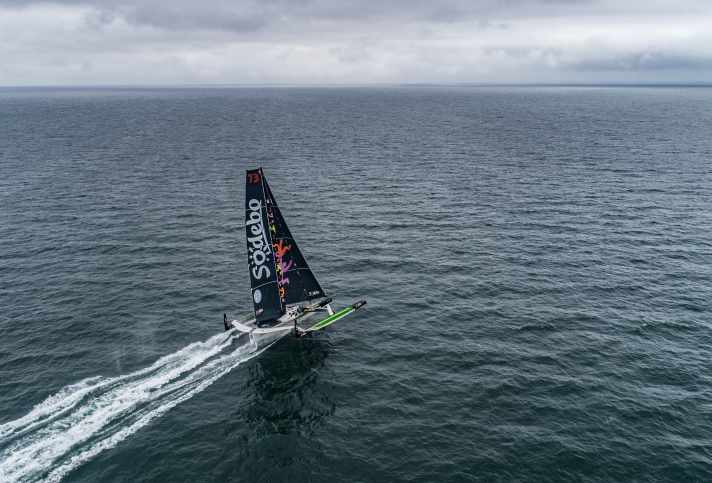
And the Jules Verne Trophy beckons forever: Thomas Coville's crew on "Sodebo Ultim 3" has started. The first weather window is at least promising.
App Store and Play Store
YACHT launches its own app
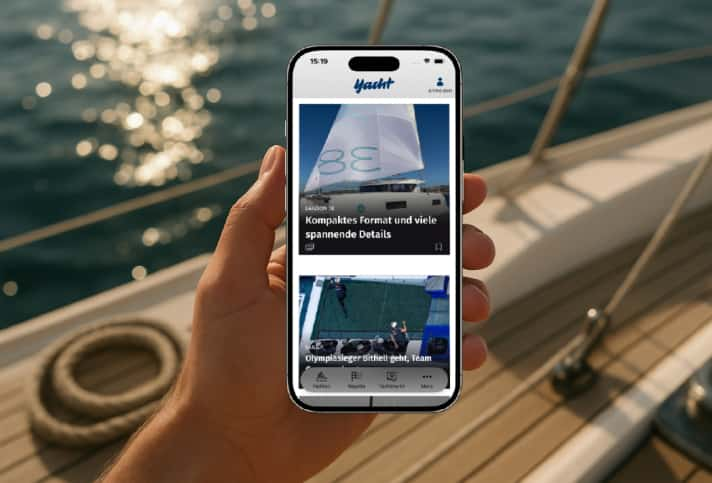
The new YACHT app brings the fascination of sailing directly to your smartphone or tablet. The app combines all the content of the YACHT website. Download it now!
Shadow fleet
Russia sends destroyer "Severomorsk" to the Baltic Sea
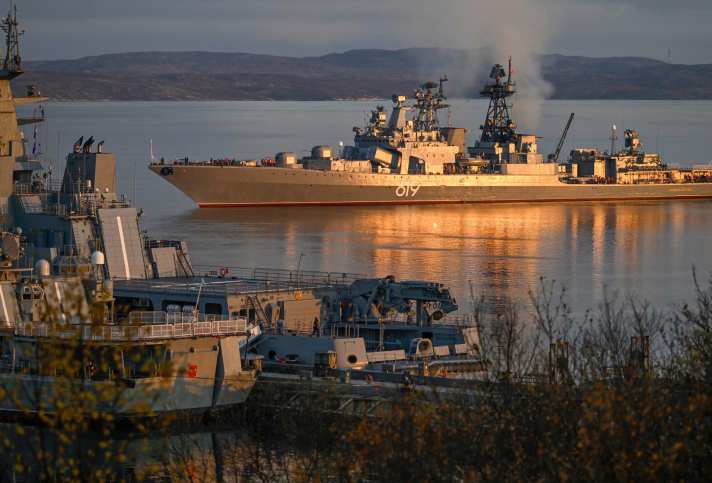
The Russian Navy's Baltic Fleet has received a second destroyer. The "Severomorsk" was recently withdrawn from the Northern Fleet and relocated to Pillau. Experts suspect a connection with the so-called shadow fleet.
Gift idea
Voucher for YACHT Premium as a last-minute present

A gift voucher for YACHT Premium is an excellent last-minute gift for all sailing and water sports enthusiasts for Christmas!
Newsletter: YACHT-Woche
Der Yacht Newsletter fasst die wichtigsten Themen der Woche zusammen, alle Top-Themen kompakt und direkt in deiner Mail-Box. Einfach anmelden:

